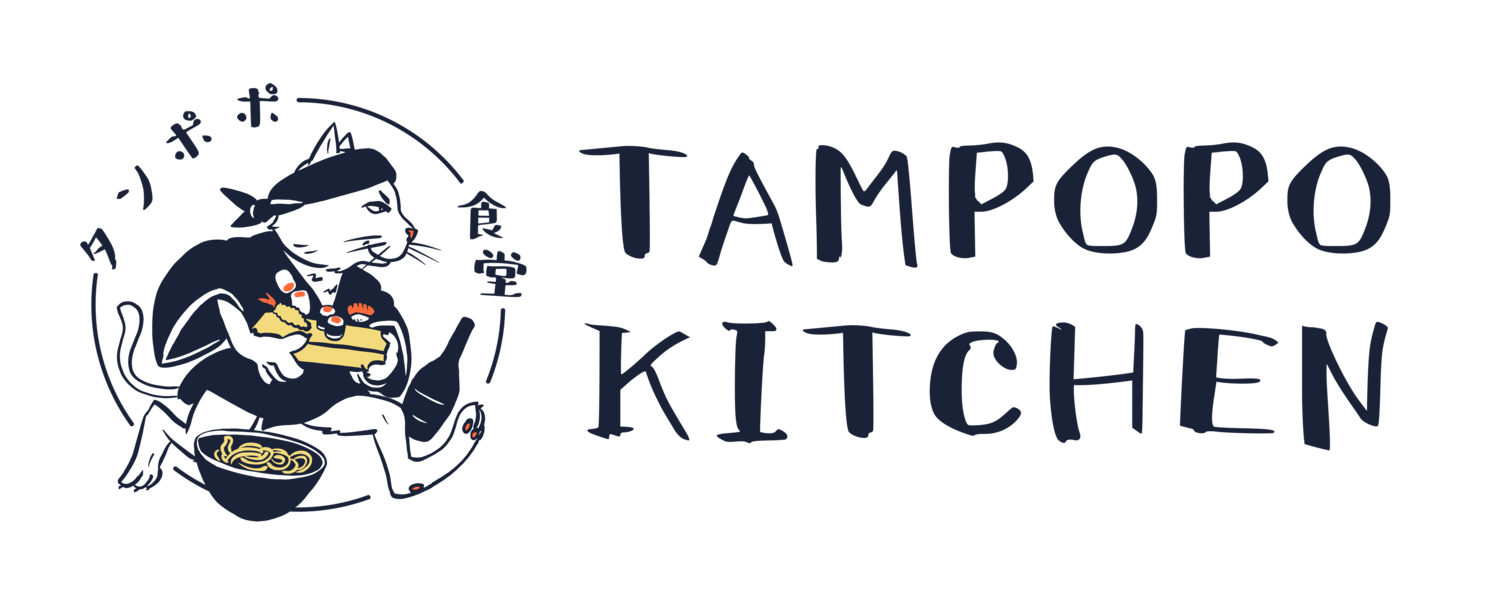Learning basic Japanese Cooking vol. 1
This week I'm gonna start breaking down the basic elements of Japanese food and what makes them unique from other cuisines. My hope is to make you feel more confident in ordering at Japanese restaurants and inspire you to play with these ingredients when cooking at home.
In the past, Japanese cuisine was very traditionally focused. There was a right way and wrong way to do things. These days there is much more creativity and playfulness in Japanese professional and home cooking. (I mean, have you seen some of these insanely cute bento boxes?) https://www.google.com/amp/s/thegate12.com/article/186
If we want to start with the basics, let's talk about Japanese rice. This grain is so important to the culture that even meal time is called "morning rice, afternoon rice, and evening rice." In ancient times going back to the 7th century in Japan, rice was used as a form of currency and taxes were collected in bags of rice, take that bitcoin!
Japanese rice is a short grain that is shiny and sticky enough that you can pick it up with chopsticks. When it comes to technique, in the restaurant we focus the process of measuring, washing, soaking, draining, cooking and steaming.
This may sound like a lot for a home cook, in which case I would focus on measuring, washing and cooking (steaming is just letting it sit for the right amount of time before serving, a good rice cooker will take care of this for you.) Yes, you have to wash your Japanese rice. When cooking the rice you have to measure as if you are baking, at Tampopo, we do everything by weight so there is no "eyeballing." When the rice is done, it should be fully cooked without any water left over, which is why it has to be measured correctly from the beginning.
For home cooking, I recommend a high quality rice cooker, (Zojirushi is our fav), although you can still do this technique in a traditional stove top pot. I recommend the heaviest pot you have - like a le creuset, so the heat is evenly distributed during the cooking process. And keep the lid on the whole cook time, gosh darn it!
There is always more to say, if you have specific questions, feel free to reach out. Next week, we will talk about soy sauce, and the world beyond Kikkoman!
Check out this recipe, it’s not the restaurant recipe, but it’s pretty good if it's your first time at home.
https://www.justonecookbook.com/how-to-cook-rice/
Josh

